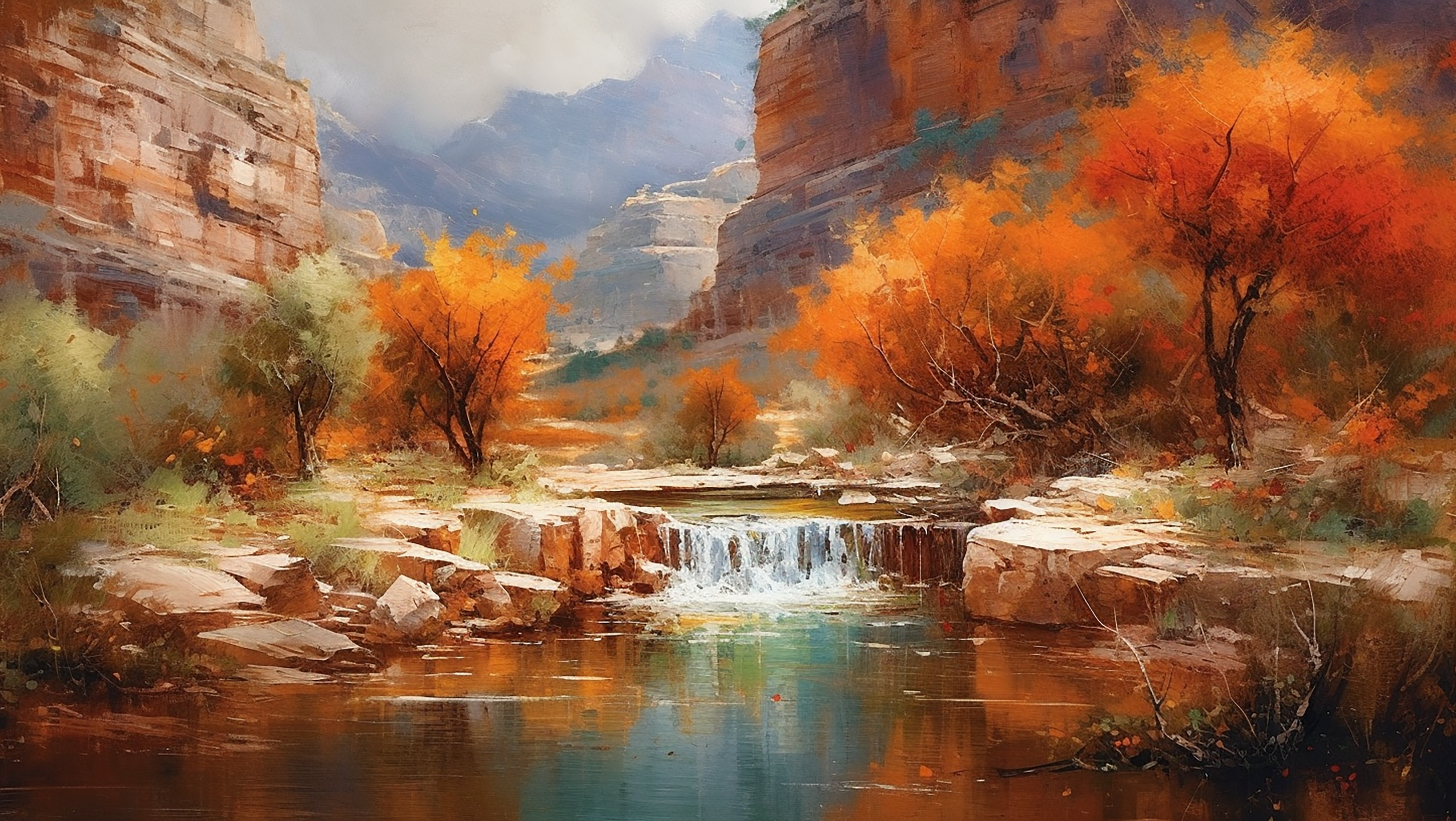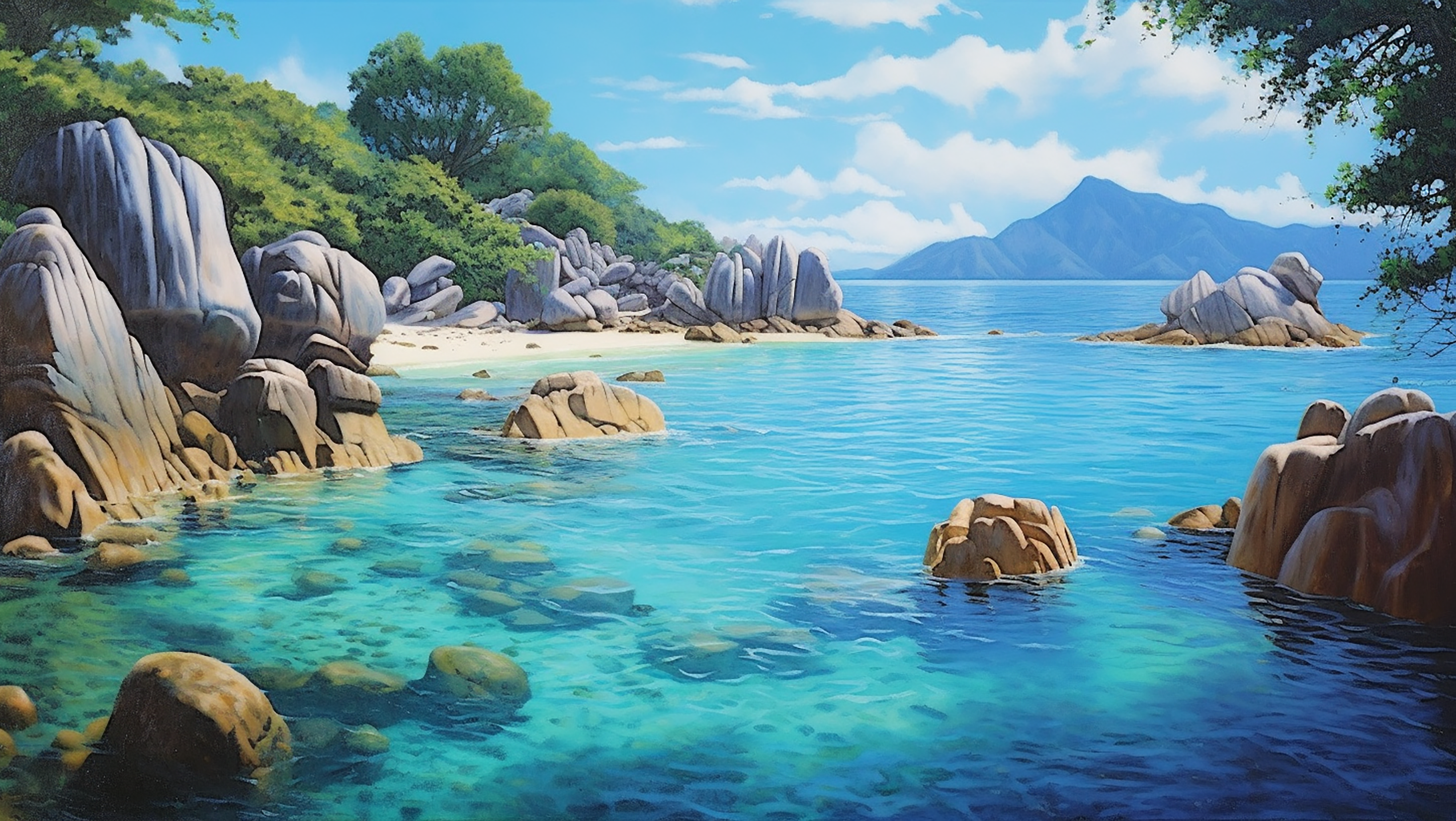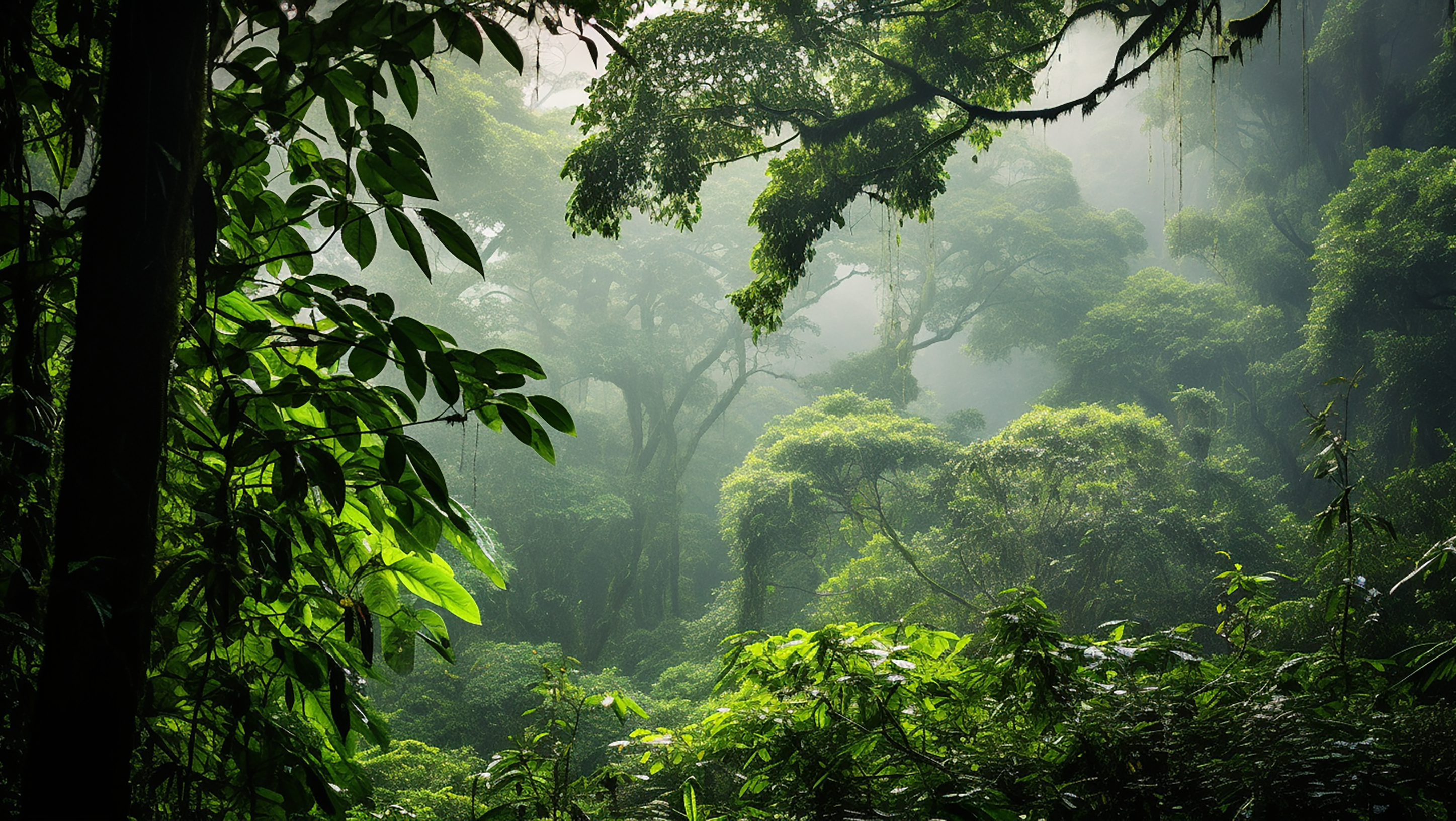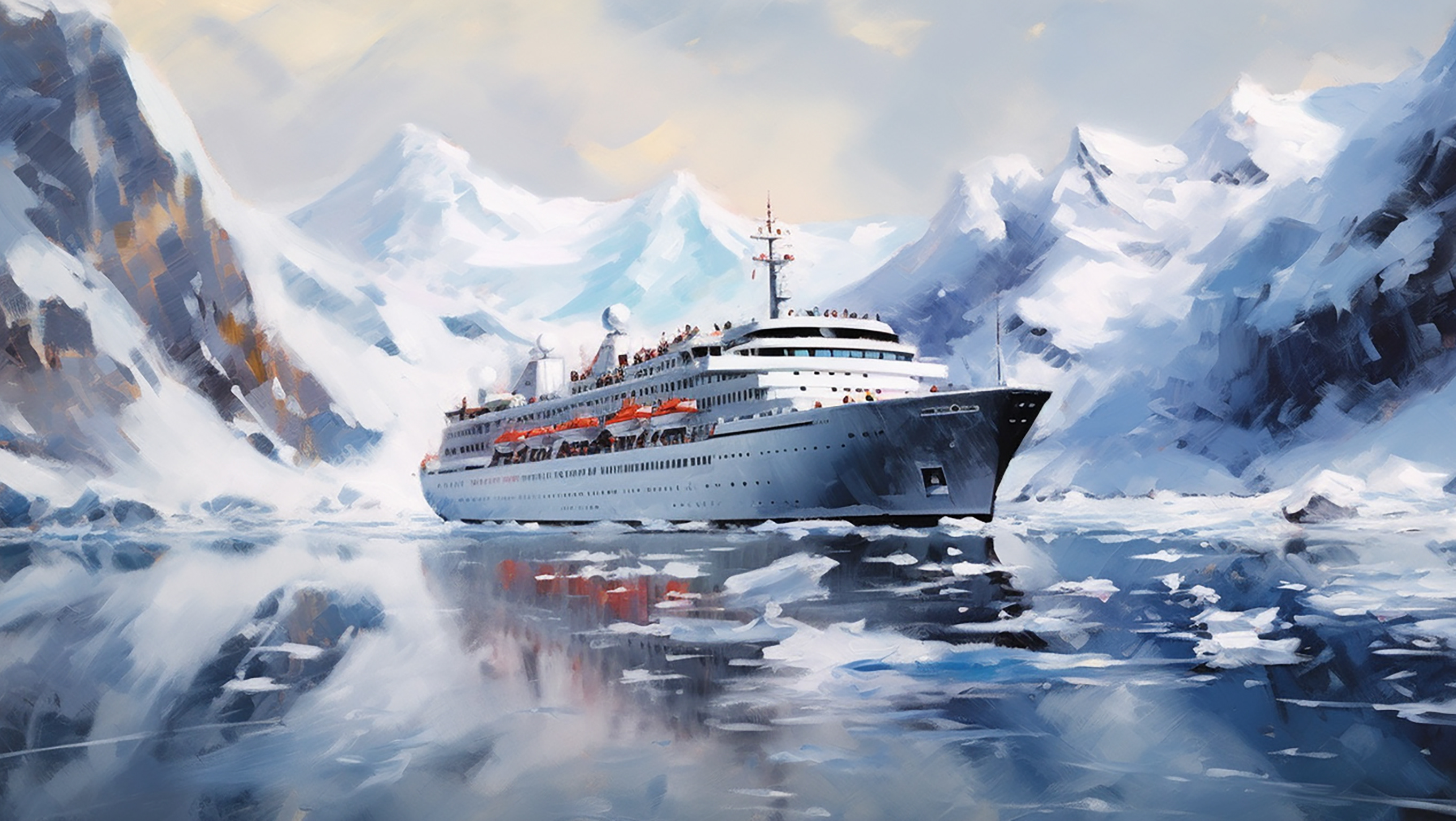Quebec: A Cultural Mosaic in the Heart of Canada
Our ensuing day's journey was a relentless voyage through a strait, towards the resplendent city of Québec. Before this expedition, my understanding of Québec had been somewhat limited. I was aware that it was a prominent province of Canada, but little did I know that nestled within it was a city bearing the same name.
Québec City, our forthcoming destination, welcomed us with a spectacle of marine life, a couple of whales or perhaps, even more, graced the strait. However, spending an entire day on the deck, keeping a vigilant watch over the aquatic expanse was not an appealing prospect.
As we sailed further south, the mornings commenced amidst the warm and humid embrace of the atmosphere. However, as the day progressed, the serenity of the dawn, reflected in the rose-tinted mirror of the sun's first rays, gradually surrendered to the cold wind that stirred up playful waves on the water's surface.
Aquatic species can be broadly classified into two categories: those that thrive in freshwater and those that inhabit saline, marine environments. These two types of species cannot coexist in the same environment, unlike ships. Our vessel, accustomed to the salty waters of the strait, was now embarking on the freshwater journey up the Saint Lawrence River.
Québec City, situated precisely at the mouth of this river, was our imminent port of call.
Upon our arrival at the port of Québec City, we didn't anticipate much fanfare. Unlike the quaint, sleepy towns we had previously encountered, nestled in the far reaches of the world, Québec City was a bustling metropolis. Consequently, the port was abuzz with activity, with cranes, scaffolding, and elevators transferring cargo from one ship to another, demonstrating the relentless work rhythm of this dynamic city.
The province of Québec is known for its unique blend of French and Canadian cultures, giving it a distinct identity in terms of language, cuisine, and architecture. The city, in particular, is home to the historic district of Old Québec, a UNESCO World Heritage site known for its well-preserved 17th-century colonial architecture. The city's ramparts, the only fortified city walls remaining in North America, and the majestic Château Frontenac, one of the most photographed hotels in the world, add to the charm and grandeur of this enchanting city.
However, as our ship moved closer to the harbour, the city began to look more appealing. Dominating the skyline was a majestic castle known as the Château Frontenac.
Near the port lies what is known as 'Old Québec'. This area primarily consists of a few elegantly adorned, ancient streets that invite you to lose yourself in their quaint charm. Strolling down these streets, one is drawn to the window displays of cafés and shops selling an array of intriguing items, including some crafted from warm leather.
Contrary to the previous stops that were under the influence of the Gulf Stream weather, the climate here, despite being further south, is considerably harsher. In winter, the temperature can plummet to -20 degrees Celsius, and in summer, it can fluctuate between being pleasantly cool to swelteringly hot, reaching highs of +30 degrees Celsius. It's not uncommon for two meters of snow to blanket the city in winter.
This necessitates the construction of sturdy buildings, and hence the cityscape is dominated by robust, stone structures rather than dainty wooden houses. This lends an air of monumental solidity to Québec City. The gracefully styled, stone houses are as elegant as a French woman. A play of vibrant colours on the window panes and staircases adds a dash of vitality to the overall ambience.
The Château Frontenac, apart from being a symbol of the city, is reputed to be the most photographed hotel in the world. Its unique architecture harks back to the late 19th century and is a fine example of the châteauesque style, a form of Revival architecture inspired by the grand châteaux of the Loire Valley in France. The Fairmont Le Château Frontenac, as it's formally known, also played a pivotal role in history, serving as the venue for the Québec Conferences during World War II where world leaders gathered to discuss strategy.
In terms of culinary experience, Québec City offers a plethora of French-Canadian delights like the hearty tourtière, a traditional meat pie, and the irresistibly sweet tarte au sucre (sugar pie). Let's not forget poutine, arguably Québec's most famous culinary export, which consists of fries generously smothered in gravy and cheese curds.
Near the old town, at the foot of the Château Frontenac, a small funicular, one of the smallest I've ever seen, comparable to the one I saw last autumn in Zagreb, operates. This convenient cable railway ascends the hill in just a few minutes. Having no cash on me, I decided to take the scenic route and climb the stairs instead.
I didn't have any particular plans or tours lined up in this city, so I just strolled through the streets, appreciating the window displays and considering whether to make a trip to the famous Montmorency Falls located just outside the city. This waterfall is nearly twice as high as Niagara Falls, and although not as voluminous, the pictures suggested it was quite impressive.
Just as I was pondering this, a hop-on, hop-off double-decker bus, its top deck open, pulled up. Despite the less-than-perfect weather, with a bit of drizzle threatening to turn into rain, I decided to hop on, and go on a 90-minute tour around the city.
Québec City is compact, so the bus managed to navigate many streets, looping through parts of its route at times, almost chasing its tail. There are several historical quarters in the city where I felt drawn to explore, pop into cafés, and admire the facades of the buildings. Most of the city's architecture exudes a sense of monumental solidity, with even residential apartments and offices located in sturdy stone buildings. Despite this, a certain French elegance is evident in the interior designs, particularly in the older parts of the city.
As it's well known, French is the primary language here, so all signs and directions are in French, though some are also duplicated in English. The bus route took us through various districts of the city, offering glimpses of beautiful cathedrals and churches before diving back into the modern streets, filled with cosy corners. We drove past a large park, not particularly diverse in terms of plant species, but it’s vibrant greenery and neat layout offered a refreshing sight. This park seemed to play a similar role in Québec City as Central Park does in New York or Hyde Park in London.
The bus tour ultimately returned to its starting point near the Château Frontenac. I couldn't help but imagine how magical the city might look around Christmas time, festooned with colourful lights and holiday decorations. These would certainly add an extra layer of charm to an already picturesque locale.
As the weather took a turn for the worse and light rain started to fall, I decided not to venture to Montmorency Falls. Instead, I embarked on some additional foot exploration through the city's historic streets before heading back to my ship.
I wanted to be ready for our departure at 4:30 pm, ready to step onto the deck to watch as our vessel moved further along the river, steering us towards the final destination of our journey, Montreal.









